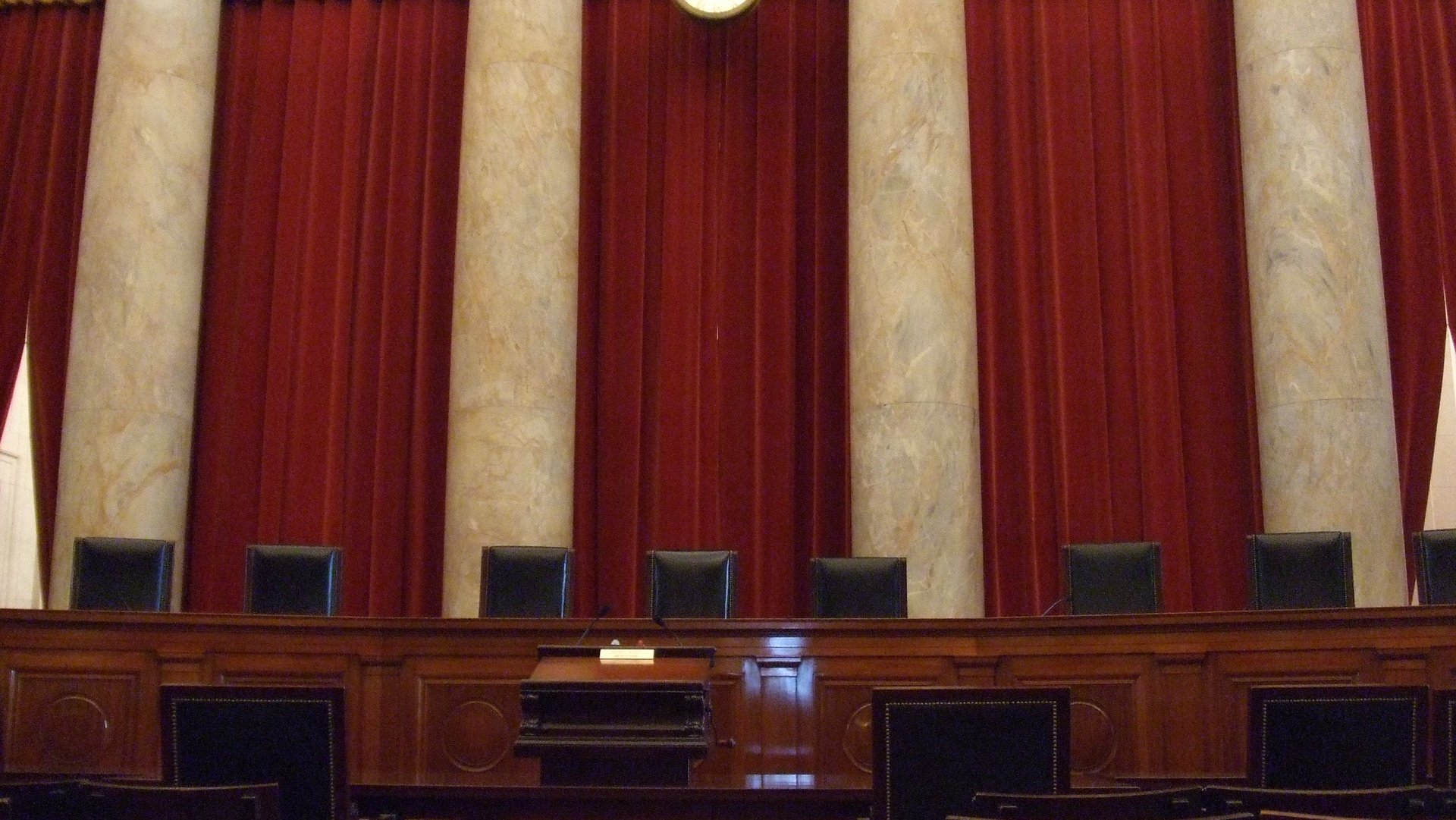The US Supreme Court decides less than half as many cases as it did 40 years ago—and that’s just fine
The Supreme Court of the United States’s most recent term included some major decisions—gay marriage! Obamacare! abortion!—perhaps giving the impression it was a particularly busy year for the highest court in the land. However, the total number of cases decided, at 74, was less than half of what it was forty years ago and the second fewest since at least 1960. And this isn’t an anomaly.


The Supreme Court of the United States’s most recent term included some major decisions—gay marriage! Obamacare! abortion!—perhaps giving the impression it was a particularly busy year for the highest court in the land. However, the total number of cases decided, at 74, was less than half of what it was forty years ago and the second fewest since at least 1960. And this isn’t an anomaly.
There’s no clear answer to why there’s been a downward trend in SCOTUS decisions, but there’s no shortage of theories, either.
“Ultimately, a lot of what we’re doing is speculation and inference,” says Stephanos Bibas, professor of law and criminology and director of the Supreme Court clinic at the University of Pennsylvania Law School.
The explanations range from relatively mundane (a 1972 procedural change that altered how petitions were reviewed) to technological (court opinions going online means precedents are easier to find and less likely to conflict with each other) to political (as Congress passes fewer big, bold, controversial laws, fewer objections are brought against them).
But we don’t need to worry about the drop in jurisprudence. “It’s not such a bad thing that laws are written better than they once were,” Bibas says, explaining that as statutes are written more clearly, less litigation happens around them. (The most recent challenge to Obamacare, for example, centered on four words in a 1,000+ page law.)
And the important issues are being addressed in opinions that are markedly longer and more reasoned than they once were—even if the justices are waiting for critical masses of lower courts to rule on them before weighing in. ”If the Supreme Court was deciding very few cases, you might worry it wasn’t doing its job,” says Kermit Roosevelt, another constitutional law professor at Penn Law. “I don’t think there are lots of circuit splits not getting resolved or constitutional questions not getting answered.”
As Justice Ruth Bader Ginsburg herself asked in a 1987 Harvard Law Review article, “How much Supreme Court judging does the country really need…?”
The featured photo was shared on Flickr by John Marino under a Creative Commons License. It has been cropped.